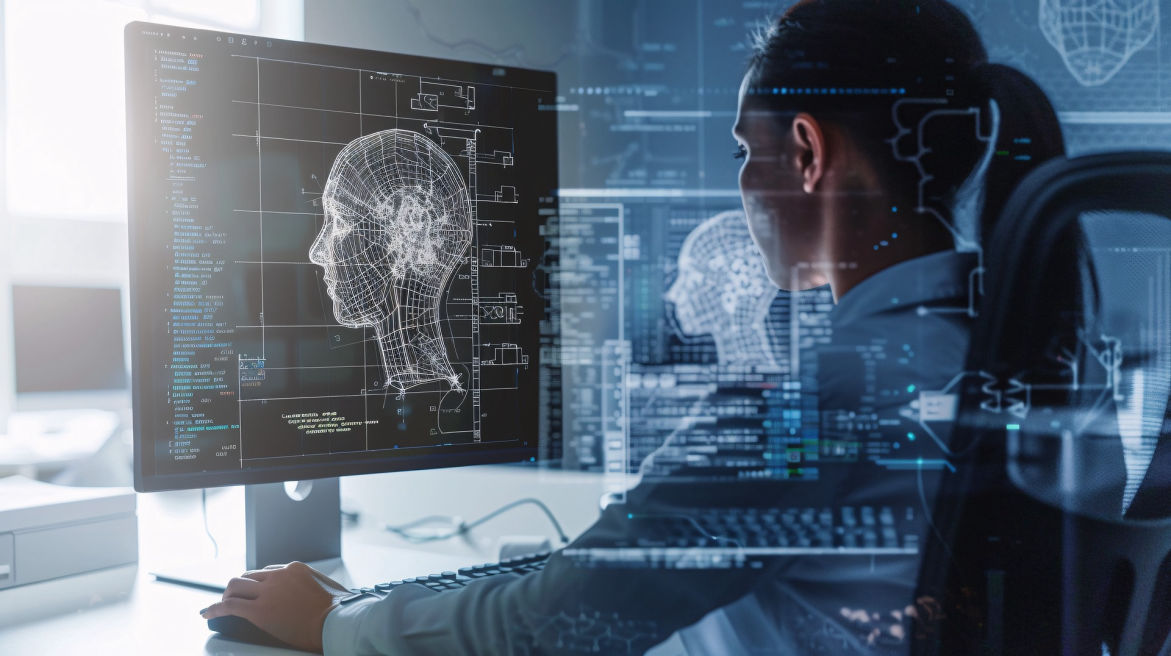Unraveling the Genius of Nikola Tesla: A Legacy of Inventions That Shaped Our World


In the annals of scientific history, few names shine as brightly as that of Nikola Tesla. Often overshadowed by contemporaries like Thomas Edison, Tesla's contributions to modern civilization are nothing short of revolutionary. His inventive prowess and far-reaching vision have left an indelible mark on technology, ranging from electrical engineering to wireless communication. Let's embark on a journey through https://sundial.csun.edu/172022/sundialbrandstudio/sundial-marketplace/inventhelp-reviews-inventor-patent-services-for-invention-ideas/ most remarkable inventions and innovations, which continue to shape our world to this day.
Alternating Current (AC) Power System
Arguably Tesla's most influential contribution to modern society is the development of the alternating current (AC) electrical system. Unlike direct current (DC) systems favored by Thomas Edison, Tesla's AC system allows for the efficient transmission of electricity over long distances. This innovation paved the way for the electrification of the world, powering industries, homes, and cities on a scale previously unimaginable.
Tesla Coil
The Tesla coil stands as an icon of Tesla's ingenuity and remains a staple in science demonstrations and electrical engineering. This high-voltage, air-core, dual-tuned resonant transformer not only enabled groundbreaking experiments in electricity but also laid the foundation for modern wireless technology. Its principles are still utilized in radio transmission, wireless communication, and even medical devices like magnetic resonance imaging (MRI) machines.
Wireless Transmission of Electricity
Long before Wi-Fi and smartphones, Tesla envisioned a world where electricity could be transmitted wirelessly, illuminating lamps and powering devices without the need for wires. While his ambitious Wardenclyffe Tower project was never fully realized due to financial constraints, Tesla's experiments in wireless power transmission laid the groundwork for technologies like radio waves and inductive charging, which we take for granted today.
Remote Control
Tesla’s inventive spirit extended into the realm of control systems and automation, long before these concepts became mainstream. In 1898, Tesla demonstrated one of the earliest examples of remote control by unveiling a radio-controlled boat. This groundbreaking demonstration astonished audiences and demonstrated the practical potential of wireless signals to control machines at a distance.
This invention laid the foundation for the development of remote control technologies used today in countless applications, from consumer drones and robotic vacuum cleaners to industrial automation and military equipment. Tesla’s work foreshadowed the rise of robotics and intelligent machines that can be controlled wirelessly, shaping the future of manufacturing, defense, and entertainment.
His vision of machines acting autonomously or under remote command opened new frontiers, reminding us that Tesla’s legacy is not only about electricity but also about how humans interact with technology.
X-Rays
Although Nikola Tesla is not officially credited as the discoverer of X-rays, his early experiments with vacuum tubes and high-frequency currents revealed phenomena that hinted at the existence of these invisible rays. Around the late 19th century, Tesla’s observations of strange fluorescence and shadows during his electrical experiments contributed to the growing understanding of X-rays.
Wilhelm Conrad Röntgen is credited with formally discovering X-rays in 1895, but Tesla’s work predates and complements this breakthrough. His investigations helped pave the way for the development of medical and industrial applications of X-ray technology, revolutionizing diagnostics and imaging.
Tesla’s role in this arena demonstrates his versatility as an inventor and his knack for pushing the boundaries of scientific knowledge beyond his primary field.
Tesla Turbine
In his quest for more efficient methods of power generation, Tesla invented the Tesla turbine, a bladeless turbine design that relies on the principle of boundary layer adhesion instead of traditional blades. Although not widely adopted for power generation, the Tesla turbine has found niche applications in fields such as marine propulsion, hydroelectricity, and even automotive engineering.
Nikola Tesla's genius transcended conventional boundaries, and his inventions continue to shape the world in profound ways. From revolutionizing the way we harness and transmit electricity to laying the groundwork for wireless communication and remote control, Tesla's visionary ideas have left an indelible mark on human civilization. As we marvel at the wonders of the modern age, let us not forget the brilliant mind behind many of the technologies that define our world today. Nikola Tesla's legacy serves as a testament to the power of imagination, innovation, and perseverance in the pursuit of knowledge and progress.
Tesla’s story is also a powerful reminder of how imagination, innovation, and perseverance can transform the world. Though often underappreciated during his lifetime, his legacy endures in the invisible currents flowing through power grids, the wireless signals connecting devices, and the autonomous machines quietly at work around us.
As you reflect on Tesla’s life and inventions, you witness the extraordinary journey of a visionary who dared to dream beyond the possible—and in doing so, shaped the very fabric of modern life.